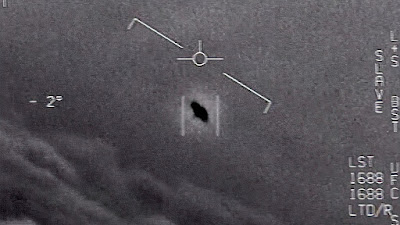You hear it all the time, don't you? There's no such thing as common decency any more. Moral values are in freefall. Simple politeness is a thing of the past. Kids today don't understand the value of (choose all that apply): hard work, honesty, compassion, loyalty, friendship, culture, intellectual pursuits. The whole world has gone seriously downhill.
Oh, and we mustn't forget "Make America Great Again." Implying that there was a time in the past -- usually unspecified -- when America was great, but it's kind of gone down the tubes since then. But it's not just the Republicans; a 2015 study found that 76% of respondents in the United States believed that "addressing the moral breakdown of the country should be a high priority for their government."
This whole deeply pessimistic attitude is widespread -- that compared to the past, we're a hopeless mess. The first clue that this might not be accurate, though, comes from history, and not just the fact that the past -- regardless which part of it you choose -- had some seriously bad parts. Consider in addition that just about every era has felt the same way about its own past. Nineteenth century Europe, for example, had a nearly religious reverence for the societies of classical Rome and Greece -- which is ironic, because the Greeks and Romans at the height of their civilizations both looked back to their ancestors as living in a "Golden Age of Heroes" that had, sadly, devolved into chaos and highly unheroic ugliness.
So psychologists Adam Mastroianni (of Columbia University) and Daniel Gilbert (of Harvard University) decided to see if there was any truth to the claim that we really are in moral decline.
Their findings, which were published last week in Nature, drew on sixty years of surveys about moral values, with respondents from 59 different countries. These surveys not only asked questions regarding whether morality had declined over the respondents' lifetimes (84% said it had), they asked them to rate their own values and their peers'.
Interestingly, although most people said things were worse now than they had been in the past, there was no decline over time in how people rated the values and morality of the people around them in the present. The percentage of people respondents knew and described as kind, decent, honest, or hard-working has remained completely flat over the past sixty years.
So what's going on?
Mastroianni and Gilbert say it's simple.
People idealize the past because they have bad memories.
It's the same phenomenon as when we recall vacations where there have been mishaps. After a couple of years have passed, we remember the positive parts -- the walks on the beach, the excellent food, the beautiful weather -- and the sunburn, mosquito bites, delayed flights, and uncomfortable hotel room beds have all faded from memory. It has to be really bad before the unpleasant memories come to mind first, such as the trip I took with my wife to Belize where the guests and staff of the lodge where we were staying all simultaneously came down with the worst food poisoning I've ever experienced.
Okay, that I remember pretty vividly. But most vacation mishaps? Barely remembered -- or only recalled with a smile, a laugh, a "can you believe that happened?"
What Mastroianni and Gilbert found was that we put that same undeserved gloss on the past in general. It's an encouraging finding, really; people aren't getting worse, morality isn't going downhill, the world isn't going to hell in a handbasket. In reality, most people now -- just like in the past -- are honest and decent and kind.
The problem, of course, is that given how widespread this belief is, and how resistant it is to changing, how to get folks to stop looking at the past as some kind of Golden Age. Because the fact is, we have made some significant strides in a great many areas; equality for women and minorities, LGBTQ rights and treatment, concern for the environment are all far ahead of where they were even forty years ago. There are a lot of ways the past wasn't all that great.
Believe me, as a closeted queer kid who grew up in the Deep South of the 1960s and 1970s, I wouldn't want to go back there for any money.
So maybe we need to turn our focus away from the past and look instead toward the future -- instead of lamenting some mythical and almost certainly false lost paradise, working toward making what's to come even better for everyone.
****************************************

.jpg)






